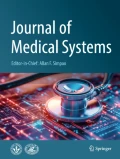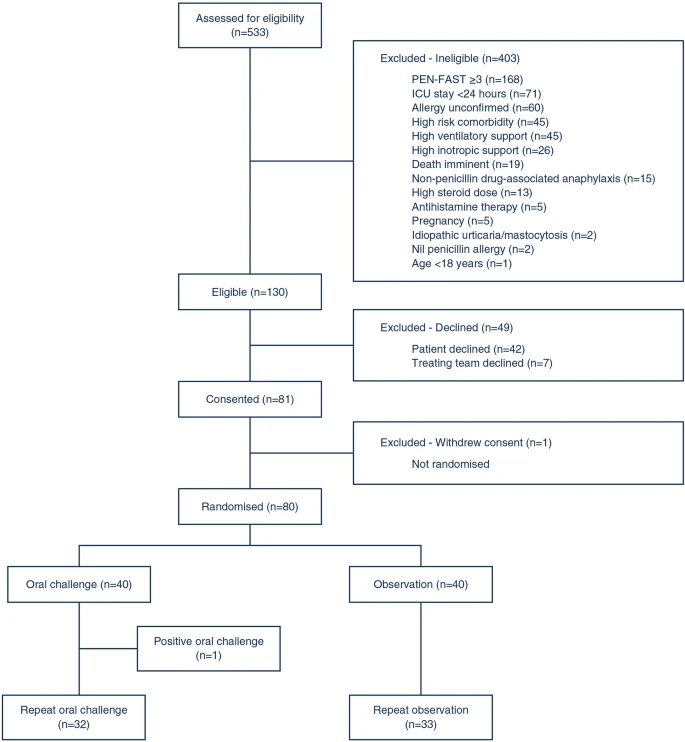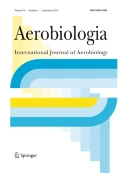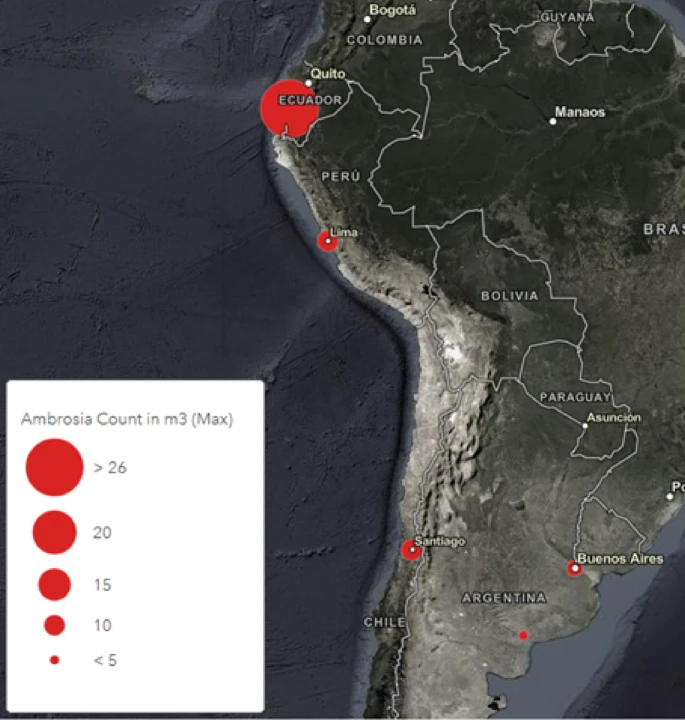Key Points
Question What are the long-term clinical outcomes of patients with β-lactam allergies?
Findings In this cohort study following 20 092 adult patients for up to 12 years, a generalized estimating equation analysis model found that the presence of a documented β-lactam allergy was not associated with a statistically significant increase in the odds of all-cause mortality but was associated with an increase in antibiotic-resistant infections.
Meaning These findings suggest that documented β-lactam allergies are associated with substantial long-term clinical detriment, and health systems should prioritize initiatives to maximize the use of first-line antimicrobials and reduce unnecessary β-lactam avoidance.
Abstract
Importance β-lactam (BL) allergies are the most common drug allergy worldwide, but most are reported in error. BL allergies are also well-established risk factors for adverse drug events and antibiotic-resistant infections during inpatient health care encounters, but the understanding of the long-term outcomes of patients with BL allergies remains limited.











